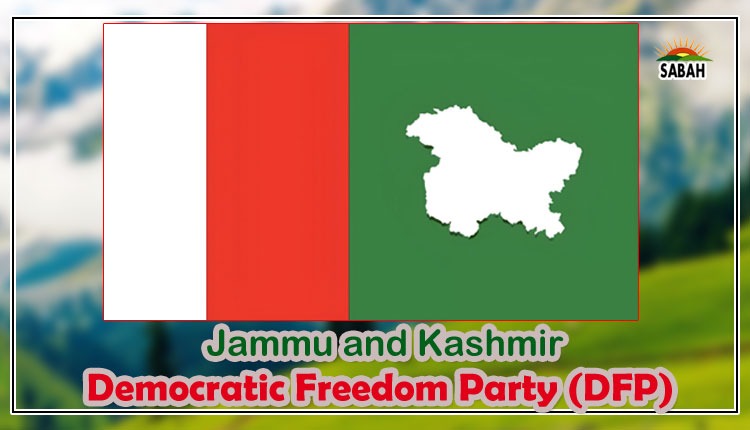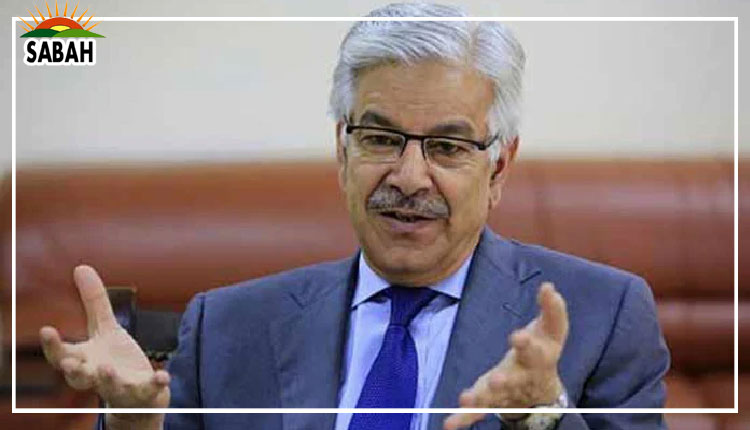Time to unite…Dr Farrukh Saleem
Human history bears witness to the fact that countries thrive when their citizens work in harmony towards a common goal. Collaboration and solidarity are key ingredients to achieving success and prosperity. Throughout history, we have seen numerous examples of countries achieving great things through unity and cooperation. Here are a few notable instances:
Pakistan: At the time of independence, Pakistan faced extreme economic and social challenges. The new nation had no industries or infrastructure, and our agriculture sector was underdeveloped. But we were united. In the 1960s, the Green Revolution transformed Pakistans agriculture. In the mid-1960s began the Golden Decade of Industrialization. We had two cement plants in 1947, now we have 24. We had three textile mills in 1947, now we have 650. We did not have any cycle manufacturing plant in 1947, now we have Sohrab, PECO and Eagle. We did not have any car assembler in 1947, now we have Toyota, Honda, Suzuki, Renault, Nissan, Proton, Kia, MG and Hyundai. We did not have any paper mill in 1947, now we have 18. We had one oil refinery in 1947, now we have five. In the 70s, we built Tarbela, the largest earth-filled dam in the world.
Rwanda: In the aftermath of the Rwandan Genocide, in which some 500,000 died, the citizens of Rwanda came together to rebuild their country and reconcile with each other. Rwanda is now one of the fastest-growing economies in Africa with an average annual growth rate of around 8 percent.
Japan: The Japanese economy suffered extensive devastation during World War II. Japan’s industrial and infrastructure capacities were severely damaged with major cities in ruins because of air raids. Japan was left with a massive debt, widespread poverty and a crippled economy. The unity of Japans citizens has been identified as the primary contributor to the countrys remarkable post-war recovery.
Ghana: After independence in 1957, Ghana faced political instability, economic crisis and widespread poverty. In the 80s, the citizens of Ghana launched the Ghana Must Go movement to promote stability. Citizens came together to support economic growth through entrepreneurship, innovation and investment.
Human history also bears witness to the fact that when a country is divided it will face a range of challenges including social unrest and economic instability. Here are some examples of countries that have experienced divisions and the consequences that have followed:
Iraq: Iraq has been plagued by political instability since the fall of Saddam Hussein in 2003. The country has been marred by violence and conflict, including the rise of the Islamic State.
Lebanon: Lebanon has a tumultuous history of political divisions, with sectarianism playing a major role in the countrys politics. These political divisions have resulted in periods of civil war, political paralysis, and economic collapse.
Yugoslavia: The political divisions in Yugoslavia played a significant role in the economy, contributing to the countrys eventual collapse.
Syria: The political divisions in Syria have had a devastating impact on the country’s economy. Political conflicts have destroyed the infrastructure, disrupted trade, caused a significant decline in oil production plus skyrocketing inflation.
Venezuela: Venezuela boasts some of the worlds largest oil reserves. However, political polarization has led to a severe economic crisis marked by hyperinflation, widespread food shortages, and a significant reduction in oil production.
Yemen: Political divisions have led to food and fuel shortages, high inflation and limited access to healthcare and education.
Pakistan possesses a rich array of natural, human, intellectual, cultural, technological and historical resources. With a history of past achievements, we have the potential to succeed. United we stand, divided we fall.
Courtesy The News












